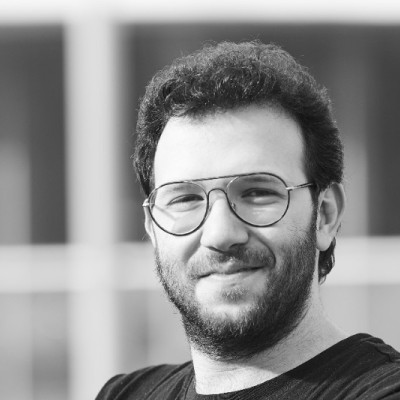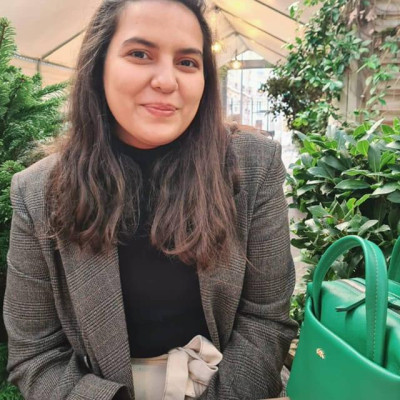5 key facts about this project
At its core, the project is designed to foster community engagement and interaction. The function of the building is not merely a shelter or a space for activities; it is envisioned as a vibrant hub for social exchange, cultural activities, and educational pursuits. The layout has been strategically planned to include open spaces that encourage gatherings, while private areas provide a retreat for individual contemplation or focused work. This duality of space is carefully articulated through a series of interconnected areas that flow seamlessly into one another, making navigation intuitive and inviting.
The project's materiality plays a crucial role in its overall character. A thoughtful selection of materials has been made to enhance both the visual and tactile experiences of the building. Dominant materials such as [insert specific materials used, e.g., concrete, glass, timber, steel, etc.] not only reflect the local architectural vernacular but also contribute to sustainability goals. For instance, the use of locally sourced timber adds warmth to the interior spaces, while extensive glazing ensures that natural light permeates deep into the building, reducing the need for artificial lighting. The exterior façade may incorporate textured concrete elements, which provide a robust aesthetic that ties the structure to its environment, grounding it within the landscape.
Unique design approaches are evident throughout the project, particularly in the way the building interacts with its environment. The integration of green roofs and living walls showcases a commitment to biodiversity and ecological responsibility, creating habitats for local flora and fauna while improving thermal performance. Additionally, outdoor terraces and landscaped areas not only enhance the aesthetic appeal but also serve as multifunctional spaces for recreational activities. This consideration of the building’s footprint in relation to the natural landscape is an essential aspect of its design philosophy.
The architectural forms employed in this project exhibit a striking simplicity that belies their complexity. The interplay between solid and void is masterfully handled, with sculptural elements that articulate the rooflines and façade compositions. Instead of overwhelming the senses with excessive ornamentation, the design opts for a refined elegance that emphasizes proportion, light, and materiality. These choices reflect an understanding of modern architectural principles, where less often conveys more.
Moreover, the layout incorporates principles of biophilic design, emphasizing the connection between health and well-being and the built environment. Elements such as panoramic views, interior gardens, and natural ventilation contribute to a healthy indoor climate, encouraging occupants to engage with their surroundings both inside and outside the building. This consideration speaks not only to aesthetic and functional needs but also to the future-oriented mentality that is increasingly important in contemporary architecture.
As you explore the project presentation, the architectural plans and sections reveal further insights into the thoughtful arrangements and structural innovations that define this design. The intricacies of the architectural designs invite viewers into a world where each space is purposefully crafted and every detail is considered. Observers will appreciate how the architectural ideas have been actualized in forms that serve the community and promote sustainability.
For those interested in delving deeper, reviewing the architectural plans and sections will provide a more comprehensive understanding of the design's functionality and the relationships between spaces. This project exemplifies an integrative approach to architecture, balancing the needs of its users with a respect for the environment, and stands as a testament to modern architectural thought.


 Fares Neffati,
Fares Neffati,  Chaima Kouraichi,
Chaima Kouraichi,  Ghassen Kadachi
Ghassen Kadachi 























